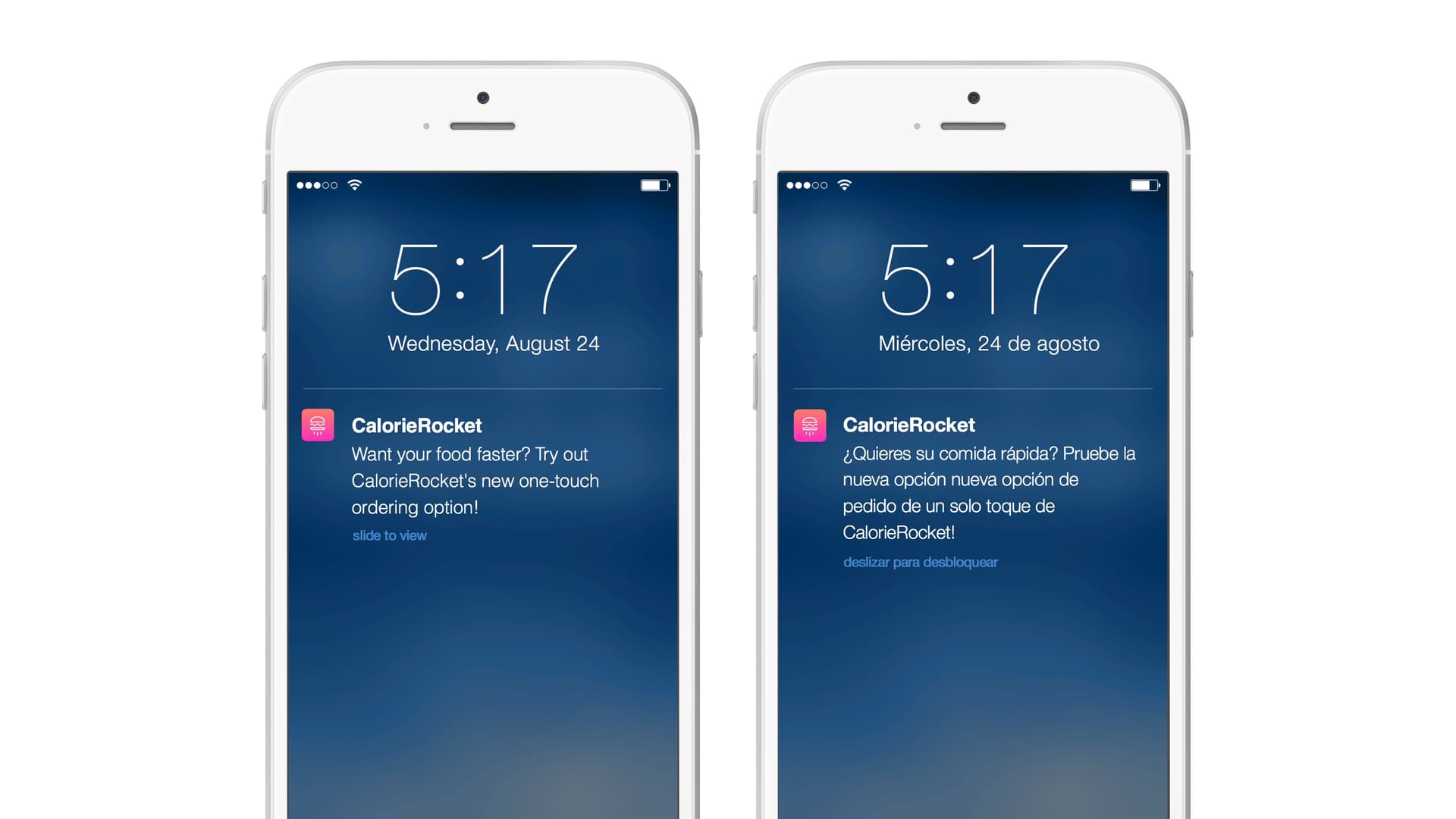Don’t Ruin Your Global Strategy by Missing Language-Based Personalization
Published on August 25, 2016/Last edited on August 25, 2016/6 min read


Todd Grennan
Content Production Principal, Content Marketing at BrazeOnce upon a time, becoming a global brand took time. You’d launch somewhere, slowly build a local and then regional reputation, expand into other areas, eventually build a national presence, and then, with a little luck and a lot of hard work, you’d try to grow into an international brand. With the rise of mobile, that’s changed: thanks to the worldwide reach of Apple’s App Store and Google Play, brands can find themselves with an international user base within hours of their app launch.
That’s an incredible, unprecedented opportunity. But it brings with it a major challenge: in a world with hundreds of countries and thousands of languages, how do you communicate effectively with a truly international customer base?
Well, you use language-based personalization.
What is language-based personalization?
When a marketer personalizes a message, they’re individually customizing that outreach for each person who’s receiving it. That can mean adding in the recipient’s name or an item that they’ve expressed interest in, or adjusting the outreach that they receive based on their location.
But it can also mean automatically customizing a message based on the language of each and every person receiving it. That’s language-based personalization, and it makes it easy for brands to provide a better, clearer messaging experience to customers around the world.
How does language-based personalization work?
Without language-based personalization, sending a message to customers in England, Spain, France, and Italy in their native languages, for instance, means creating four separate campaigns with the same delivery schedule, the same channel, and four versions of the same copy—one for each of the four main languages of those countries. That creates a lot of work for the marketer and introduces significantly more room for errors in scheduling, targeting, and more, potentially reducing the positive impact of the outreach.

If their marketing platform supports language-based personalization, marketers looking to reach customers in four languages (or 10 languages, or 500) can simply input the four versions of a message’s copy into a single campaign and their marketing platform will automatically send (for instance) the English version of the message to English speakers and the French version to French speakers. That makes reaching customers in different countries much simpler and reduces the chances that a customer gets a campaign in a language they don’t speak.
And because this sort of personalization also works for different dialects—for instance, American and British English—it can be used to provide a better customer experience even within a single country with a single national language.
What does it take to personalize messages based on language?
Two big things: customer data and a marketing platform that can use that data effectively to support this kind of personalization.
Like all forms of personalization, language-based personalization requires customer data to function effectively. If you have a decent mobile-first marketing platform, you should already have access to information on languages associated with each customer’s device in their user profiles that will make language-based personalization possible. However, just tracking that information isn’t enough—if your platform doesn’t have support for marketing automation or robust personalization, you won’t have any way to make that information actionable, making it impossible to take advantage of this strategy.
What happens if you send a message to a customer who speaks a language that you haven’t prepared a translation for in that campaign?
Don’t worry, their smartphone won’t burst into flames or anything.

Before sending a campaign using language-based personalization, you’ll have the opportunity to choose a default version of the campaign that will be sent to any recipients using devices associated with languages that lack versions within the campaign or to set up your campaign to automatically abort messages to these users. If you decide to include a default version of the message, it’s best to make sure that it’s written in a language—such as English—that’s widely spoken and understood, in order to minimize the odds that recipients will be bewildered by your outreach.
What can marketers do to get the full benefit of language-based personalization?
If your brand has a good marketing automation platform that supports message personalization, the odds are good that you’ll be able to take advantage of language-based personalization in your outreach. But there are some other steps you can take to get more out of this important tool:
1. Automate your message translations
When it comes to translating your campaigns into multiple languages, it’s entirely possible to do so manually and then insert the translations into the campaign before it’s sent. But taking advantage of automated translation services can significantly reduce the time and effort required to send a campaign to an international audience, allowing marketers to communicate more effectively with their audience and to iterate faster on campaigns. Not every marketing platform supports automatic translations, but if you’re using Appboy (which can integrate with localization platform Transifex) or another platform that does, doing so can make it easier to reach a global audience at scale.
2. Make sure your messaging channels can reach your international customers
While most customer messaging channels will be as effective at reaching users in Kuala Lumpur or Lagos as in New York City, it’s important to be aware of potential roadblocks and complications in reaching users in certain countries or regions. For instance, brands that are looking to send push notifications to Chinese users with Android devices will need to make sure that they’re using a marketing platform that partners with a local push delivery service, since Google Cloud Messaging—which supports push delivery for Android in most of the world—is blocked in China.
3. Be thoughtful about cultural differences
In some situations, just translating the copy of a push notification or other message isn’t enough. Cultural differences between different countries—and between different regions or cities within a single country—can significantly impact how users perceive the wording and presentation of your push notifications, emails, and other messages, and it may be necessary to make changes to the copy of messages beyond the language to make them effective for your global audience.
Final thoughts
Not every brand will have a use for language-based personalization, especially if they’re targeting a homogenous user base within a single country. But brands that are looking to establish themselves globally—or who have already done so—can provide their customers with a clearer, more useful messaging experience by taking advantage of this simple, powerful functionality.
Related Tags
Be Absolutely Engaging.™
Sign up for regular updates from Braze.
Related Content
View the Blog
The new inbox reality: How iOS changes are reshaping email marketing

Aparna Prasad

Experience optimization: Turning data insights into better journeys

Team Braze

December 2025 Bonfire Marketer of the Month: Jagex’s Emma Oliver
